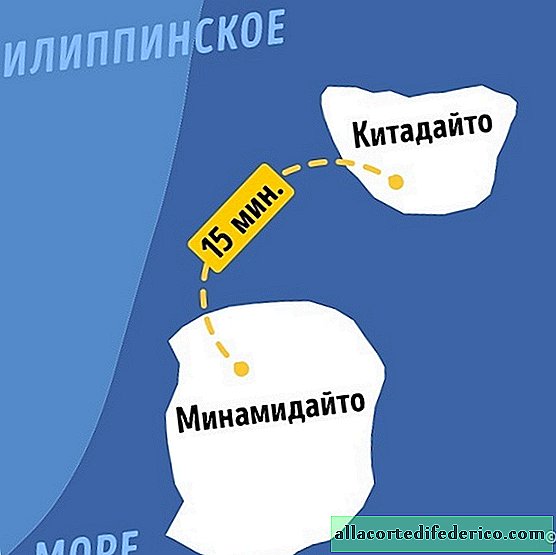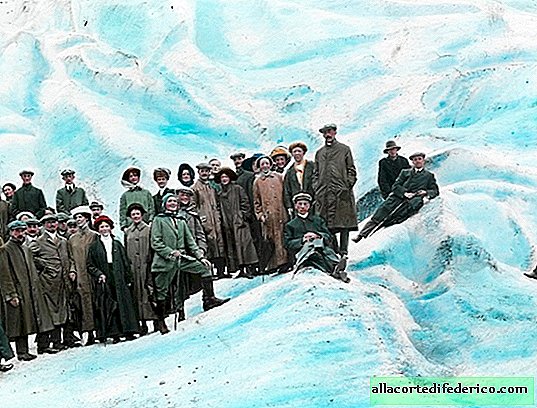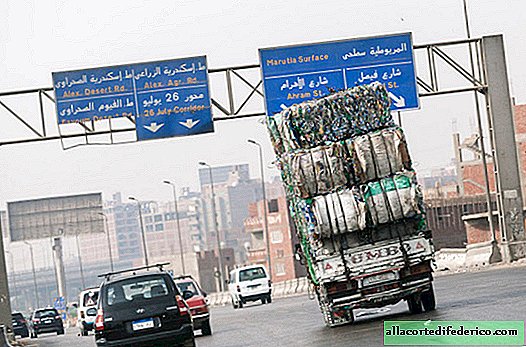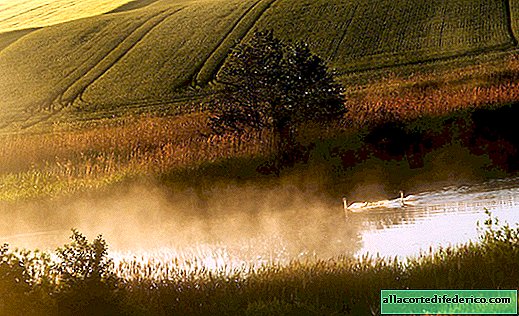Indian notes: Munnar tea plantations
Tea, how much in this word. He can be loved, and not very much. You can understand the grades or drink packaged dust all your life, not knowing that there are alternatives. Tea is a culture and ceremonies, business and hard work, super-profits of dealers and scant wages of workers. Tea on the shelves and tables can be very different in appearance, quality, price. But there is one thing that combines all these factors - tea grows very beautifully.
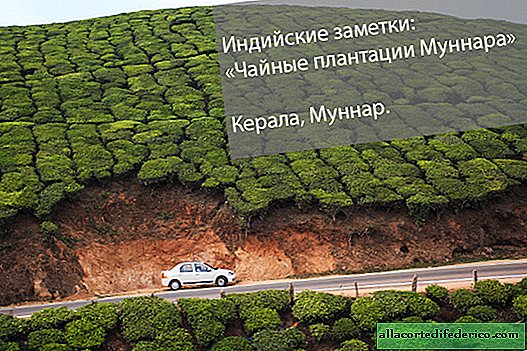
India is second in the world for the production and export of tea. Production began in 1863, after the English East India Company brought tea bushes from China to India.
For good tea growth, a warm climate with enough moisture that does not linger at the roots is necessary. Therefore, most tea plantations are located in the mountainous regions with tropical and subtropical climates.

The trees on the plantations are the same tea bushes specially left to create shade. Yes, you understood correctly, if the tea bush is not processed, it grows into such a “tree”.

In general, plantations are a private area, which is not recommended for a walk. But our guide easily agreed with the locals and we were allowed to walk.

Many compare plantations with a labyrinth, but I do not agree with them. Almost everywhere tea is planted in even lines, so it’s more convenient to walk and collect fresh leaves.

All this green splendor creates an indescribable atmosphere.

Among the many plantations there are especially picturesque. With their lakes ...

... "local" herons.

And absolutely amazing suspension bridges.
The design creaks, but it looks quite reliable.

I have an assumption that during the rainy season the water level is much higher.

The geometry of tea :)

By the way, plantations are the only area I have seen in India, on which the road has almost no hotels and cafes.

Lodges are provided only for working personnel.

I don’t know if the plantation owners practice rest in their estates, but I would definitely not refuse to build a small cottage here and come from time to time.
The area around is just amazing.

Mountains, even those without sharp ridges and snow caps, still remain mountains.

Someone was lucky to have a rather big lake on the territory.

With its "tea peninsula."

Tea on Munnar plantations can be harvested once every 15 days, i.e. 24 crops a year!

Such beautiful women are collecting it.

Mostly people from the neighboring state of Tamil Nad work on plantations. the locals refused to do such work for the fee they were offered.

All day in the sun, moving along the rough terrain of plantations, they fill bags with fresh leaves.
Manual plantation is not practiced on these plantations; such cunning "scissors" come to the aid of the workers. On a tea bush, they lay a level stick, serving as a level, and cut leaves on it. When the bag on the “scissors” is filled, it is emptied into a bag hanging on the head or lying nearby on the bushes. In this way it is impossible to produce good quality tea, because along with leaves, some branches and other garbage can get into the bag.

The weight of the bags at the end of the working day can reach 25-30 kg, and the salary of these women is about $ 3 per day.

The collected tea is delivered to a nearby factory for processing.

Here in such colored multi-room houses tea pickers live. Almost in the workplace.

And with hundreds of hands they turn the landscape into something amazing. The scale is simply amazing, wherever you look, the mountains are covered with a pattern of tea bushes!







